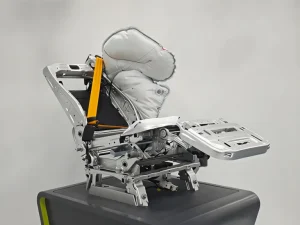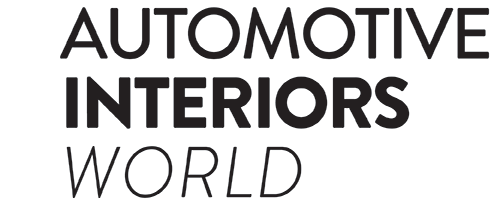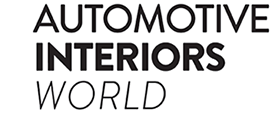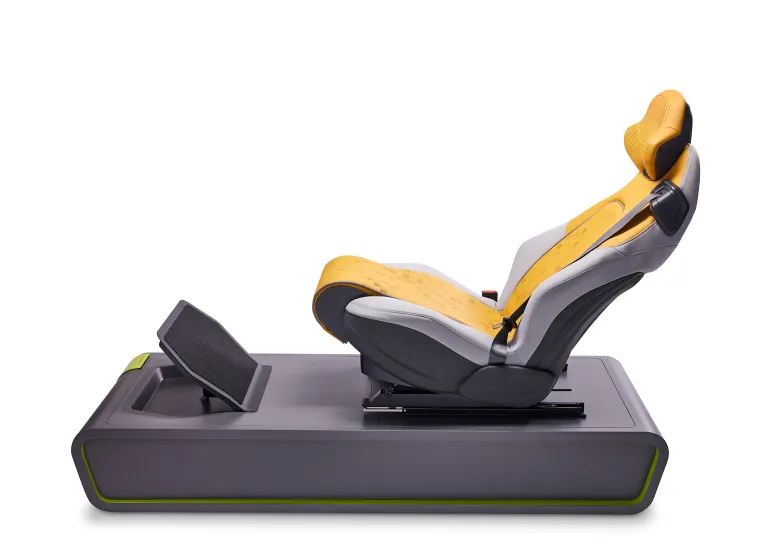Vehicle seats of the future must meet numerous requirements simultaneously; however, meeting these requirements sometimes leads to conflicting objectives. Adient has developed several seating concepts that prioritise comfort, functionality and resource efficiency, requirements that once conflicted with one another.
Pure ergonomics
Adient’s latest seating concept, Pure Ergonomics, has been designed to set standards for comfort, functionality and resource efficiency for vehicles in the mid-range to lower-price segments. The concept was developed following the Autonomous Elegance concept designed for the premium segment, revealed in 2023.
The revised seat design combines a slim, resource-efficient construction with significantly enhanced ergonomics. Up to 60mm of additional legroom has been created for passengers in the second row, providing a sense of spaciousness usually only associated with higher vehicle classes.
The seat adjustment system features a complete redesign that aligns with occupant biomechanics. This innovative design ensures that every adjustment intuitively supports and reflects the unique anatomy of each user, setting a new standard for personalized comfort.
At the same time, the concept considers challenges surrounding cost and weight. The design required a reduced number of materials, such as metal, foam and trim components, without compromising comfort or functionality.

Enhancing autonomous elegance
The Autonomous Elegance concept has also been updated to reflect current trends in the automotive sector. The interior of the vehicle is increasingly seen as a personal living space – with high expectations regarding comfort, individuality and functionality.
To meet this trend, Adient adjusted the design of the Autonomous Elegance concept to improve comfort and ergonomics. The seats adjust to the desired position through an anatomically designed tilt mechanism that replicates and supports natural hip motion. This was accomplished by reconfiguring the adjustment mechanisms and refining the kinematics of the seat structure.
Electronic components such as sensors and control units, as well as safety solutions like airbag and belt systems (belt-in-seat, BiS), have also been integrated directly into the seat structure.
Safety co-development with Autoliv
Adient has developed a new seating concept for both front and rear passengers that supports a relaxed, zero-gravity position. In addition to improved ergonomics, the design prioritizes occupant safety through the integration of seat belt pretensioners, supplementary airbags and advanced restraint systems.
In collaboration with Autoliv, Adient incorporated Autoliv’s Omni Safety system, designed specifically for reclining seats, into its Z-Guard concept. This joint effort represents a step forward in occupant protection for reclined seating positions, showing measurable reductions in crash forces affecting the neck, torso, head and spine. The system also includes side airbags to enhance safety during side-impact collisions. It has been engineered to deliver performance levels that meet or exceed current regulatory and industry standards.
From end of life to start of production
Adient is working to increase recycled plastic content and replace virgin materials with end-of-life alternatives where possible. For example, a pilot project is underway with JLR and plastics manufacturer Dow Chemical Company, which has succeeded in integrating 20% end-of-life polyurethane (PU) foam into car seat production for the first time, effectively closing the loop. The project partners are currently working on respective demonstrators and have already been recognized for their efforts at the American Chemistry Council’s (ACC) Sustainability Leadership Awards 2025.
In related news, as part of recent updates to FMVSS 210, the National Highway Traffic Safety Administration (NHTSA) is to require manufacturers to use force application devices (FADs) as the standard test method, starting September 1, 2027



